Text
FROM DOUBLE DIAMOND TO ARGYLE: RETHINKING DESIGN METHODOLOGIES IN THE AGE OF GENERATIVE AI
Since the widespread adoption of generative AI tools in 2022, industrial design educators and practitioners have been exploring how these technologies might reshape established design processes. One common reference framework is the Double Diamond model developed by the UK Design Council, which organizes the design process into four distinct phases: Discover, Define, Develop, and Deliver, each alternating between divergent and convergent thinking.

Initially, I hypothesized that generative AI could be overlaid onto this model as a set of supportive tools, augmenting specific tasks within each of the four phases. For example, AI might assist in synthesizing user research during the Discover phase or generating visual concepts in the Develop phase. However, as I continued exploring this relationship, it became clear that the influence of AI is more profound and structural than originally assumed.
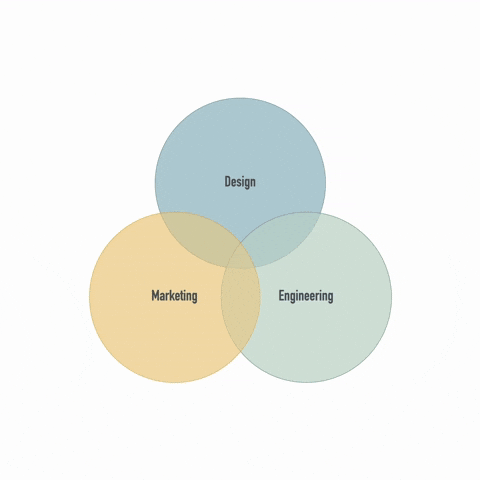
ENLARGING THE VENN DIAGRAM OF INNOVATION
Generative AI doesn’t merely enhance discrete tasks; it expands the overlap space between traditionally siloed disciplines such as design, engineering, and marketing. In practice, this means that generative AI allows designers to prototype engineering solutions earlier, integrate market constraints sooner, and consider user experiences more holistically. The resulting overlap is no longer a narrow “sweet spot,” but a broader and more dynamic field of interdisciplinary creativity.

FROM DIAMONDS TO ARGYLE: A MORE GRANULAR MODEL
This expansion of possibility space prompted a reevaluation of the Double Diamond itself. Rather than viewing each of the four phases as singular diverge-converge events, we might instead conceptualize them as containing multiple micro-cycles of exploration and decision-making. This shift suggests a new metaphor: an Argyle pattern, where smaller diamonds are woven into each phase, reflecting the granular, iterative, and non-linear nature of working with generative AI.
This Argyle model is not just a visualization upgrade—it represents a pedagogical shift. Teaching students to work with AI requires them to continuously synthesize, reflect, and recalibrate—not just at the conclusion of a phase, but throughout it. AI introduces a wealth of possibilities, and without structured moments of interpretation, synthesis, and curation, students risk being overwhelmed or misled by the output.
IMPLICATIONS FOR DESIGN EDUCATION
As educators, our role is not to merely train students in the use of AI tools, but to help them critically navigate the opportunities and limitations AI presents. Embracing an Argyle-like methodology encourages designers to maintain creative agency while embracing the complexity AI introduces. It also encourages more interdisciplinary thinking, systems-level problem-solving, and a reflective approach to iteration.
In sum, integrating generative AI into the design process should not be viewed as a bolt-on enhancement to existing methods. Rather, it challenges us to restructure our models, rethink our pedagogy, and reimagine the role of the designer in a rapidly evolving technological landscape.
1 note
·
View note
Text
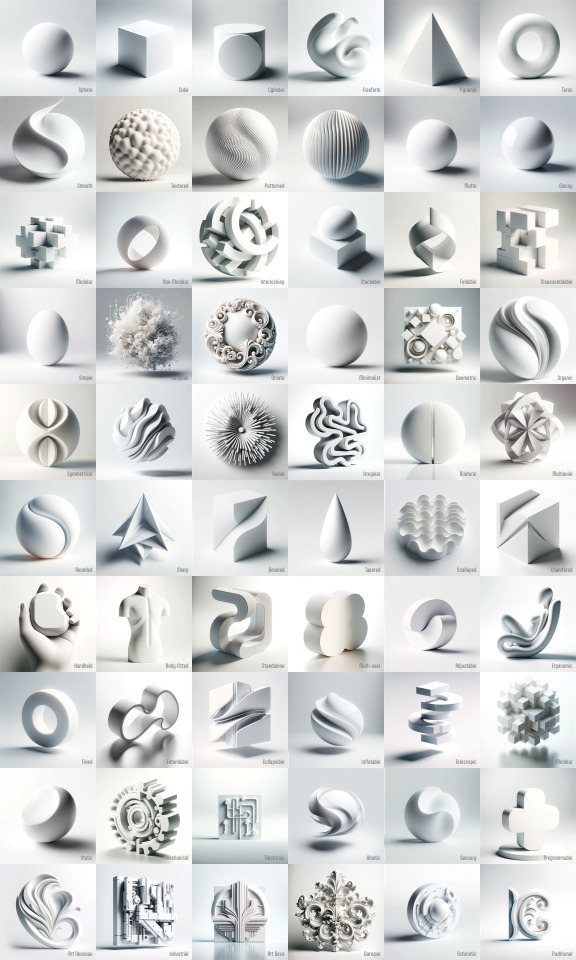
When exploring the role of generative AI over the past year+, I’ve found it helpful to frame its role as “divergent”. The Double Diamond Design Framework as popularized but the British Design Council is broken down into four overarching phases: 1) Discover, 2) Define, 3) Develop, and 4) Deliver. The first and the third are both divergent in nature, encouraging designers to explore issues more widely or deeply. Given that large language models sometimes provide inaccurate information, these phases are most appropriate, leaving the synthesis or focused action in the convergent phases to the designer. For example, ChatGPT can draw upon a massive amount of data in the “Discover” phase to uncover shared challenges, user preferences, and design opportunities in a short period of time. In my experience, however, it is less successful pinpointing exact performance criteria for a given design brief. Yes, it can synthesize the results and provide a summary, but the synthesis be just off with respect to contextual specifics. Let the AI complement the discovery process while relying on the more nuanced and contextual understanding, held by the designer, to fulfill the “Define” phase. Similarly, Midjourney and Dall-E, in their current state, are able to generate a variety of iterations in a variety of styles for just about any manufacturable product. Many of these iteration are mind-blowing. And while I’m sure future evolutions of generative AI will “Deliver”, it currently provides concepts that serve as little more than inspiration for further development and refinement. At Auburn, I help teach our Foundations sequence and am always looking for new approaches. It is with this “divergent” framework, I have been exploring AI’s role in form development as a foundational skill for industrial design students. I fed ChatGPT some images, photographs and digital renderings, and asked it “analyze this 3D form, noting its unique characteristics and the terms that best describe them”. I then asked it, “Can you help me generate morphological matrix for form development with respect to product/industrial design regardless of function?” After some back-and-forth, I was awarded with a matrix in the form of a text based table. No, it’s not perfect, but what a great place to start. To cary this further, I created a custom GPT. It will take a single word or phrase and visualize a representational 3D form that is matte white set against a white background. It is certainly a work in progress, but I feel it is worth sharing.
#design#industrialdesign#auburn#ai generated#ai#chatgpt#artificial intelligence#double diamond#morphological matrix
1 note
·
View note
Text


A little over 20 years ago, I sketched out a yellow upholstered chair to share with potential clients at the NEOCON furniture fair. There are a few things about the design that have stayed with me. One, I called it the "Hug" chair, as it wraps slightly beyond 180 degrees. There's also something harmonious about the 3D splines, the way they interact with one another, and the pronounced gesture. I've revisited it many times since that show, both in CAD and in sketch form, seeking just the right manufacturing method to complement the form and intended function.
I'm not sure how exactly I happened upon "The Architect's Chair" competition, but it coincided with a moment in which I was reexamining the chair, specifically the relationship of the edges and gesture. I had a great time revisiting this design, even employing some VR through Gravity Sketch.
It's now equally inspired by the aerospace industry and fabrication methods. The raised backrest area makes me think of a WWII fighter or the Bell X-1 piloted by Chuck Yeager to break the sound barrier for the first time.
1 note
·
View note
Photo
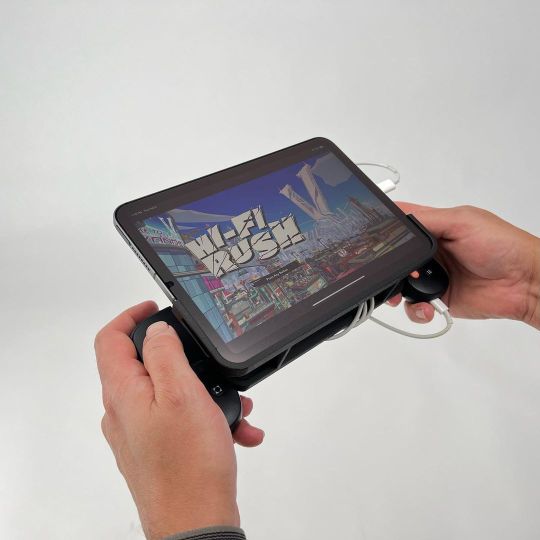
Backbone + iPad Mini + XBox Unlimited = 3DPrinted Bracket. #fusion360 #Markforged #onyx #3dprinting #videogames #backbone #xbox #unlimited #ipadmini https://www.instagram.com/p/CodGD2VvJbE/?igshid=NGJjMDIxMWI=
9 notes
·
View notes
Photo
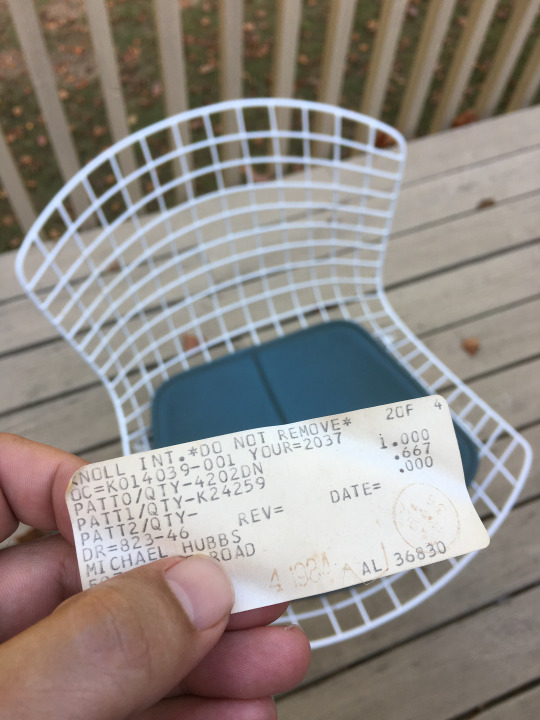
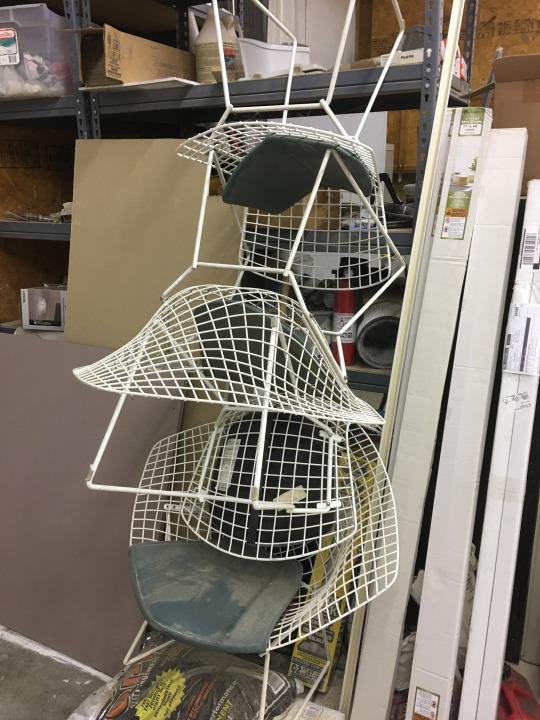
While playing cards with some friends back in September of 2016, I spotted these in the corner of the maintenance garage. It was a reminder of how wonderful it is to live in Auburn, and every now-and-again the reminder takes on extra significance. These Bertoia chairs were delivered to the original owner, Michael Hubbs, in 1984 and held onto the delivery sticker for 32 years.
And while I did not know Michael, it didn't take me long to recognize the impression he left on Auburn and the College of Architecture Design and Construction (CADC), and the profession of Architecture.
3 notes
·
View notes
Photo

This foundation exercise is all about crafting beautiful surface and edge continuity. The constraints are intentionally tight, focusing the student’s attention on beauty and craft. #auburn #sigd #ausigd #design #foundations https://www.instagram.com/p/CjgOMtzL56c/?igshid=NGJjMDIxMWI=
0 notes
Photo

Alexander Calder + A New Hope #midjourney #starwars #alexandercalder #kineticmobile https://www.instagram.com/p/Cjc5Rairwal/?igshid=NGJjMDIxMWI=
5 notes
·
View notes
Photo
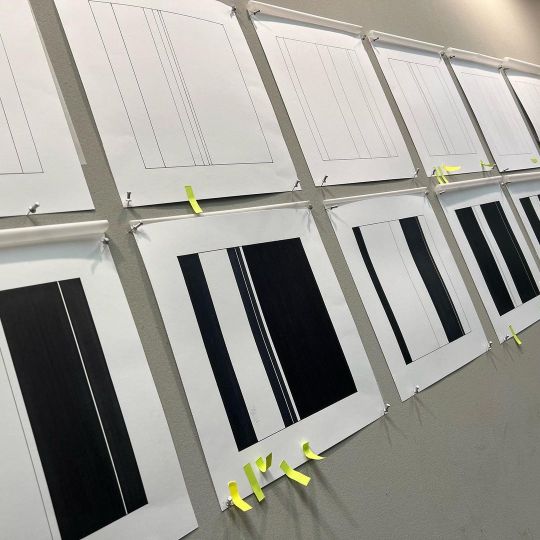
Fall 2022 Foundations Review #2. #auburn #industrialdesign #ausigd #foundations https://www.instagram.com/p/CjX89hrLHZe/?igshid=NGJjMDIxMWI=
1 note
·
View note
Photo

The season of color theory has begun. #ausigd #auburn #design #foundations https://www.instagram.com/p/CjWkNM_L8v9/?igshid=NGJjMDIxMWI=
0 notes
Photo

Round 2: Expanded Characters #midjourney #starwars #steampunk https://www.instagram.com/p/CjAu6BSr8Lp/?igshid=NGJjMDIxMWI=
0 notes
Photo

Midjourney “imagines” A New Hope characters - steampunk style. Don’t think I won’t drop the entire script into this thing. #myfamilymissesme #timesuck #ai #midjourney #starwars https://www.instagram.com/p/Ci_AU2pr1o-/?igshid=NGJjMDIxMWI=
1 note
·
View note
Photo

The search for this year’s annual Auburn spirit screenprint is coming to an end. I‘be had a sneaky feeling AI would enslave us, but I didn’t it would take my job first. #midjourney #creativecomputing #designisdoomed #wareagle https://www.instagram.com/p/CiAxE9crbTl/?igshid=NGJjMDIxMWI=
0 notes
Photo
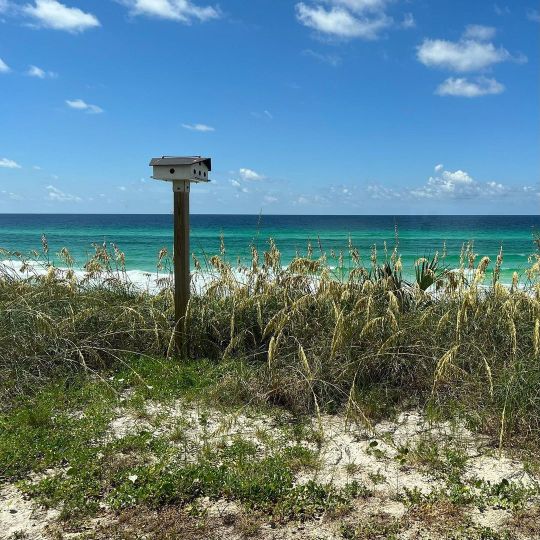
Sadly, I’ve learned that our Purple Martin friends have not taken to the house I made a few years ago. Time to give it another go. #purplemarlins #design #craft #beach (at Blue Mountain Beach, Florida) https://www.instagram.com/p/CguSJljLu5R/?igshid=NGJjMDIxMWI=
0 notes
Photo

We use a curve vocabulary to kickstart a wire sculpture project each fall. This was a Fall-21 attempt to define a surface vocabulary to aid in a form development project. #design #foundation #sketching
0 notes
Photo


Shortly after I graduated from Auburn, I spent some time in my parents’ attic. Among the Star Wars figures and baseball cards, I found a giant (former) popcorn tin filled with LEGO. The memories are hazy, but there were a few themes I was constantly exploring/building. Although it wasn’t complete, I did find the remains of a build, Starfire from Transformers. That discovery was 20+ years ago and the tin with all my childhood LEGOs has somehow found another home along the way.
I am now an AFOL, thanks in great part to the LEPIN Star Plan set (see earlier post) Courtney bought for me a few years ago. As one, I am well aware of new releases. So, of course, I had to have this.
0 notes
Video
youtube
Not all of this translates directly to industrial design work, but there are plenty of informative nuggets here. Particularly, I loved seeing designs I’m acutely familiar with and the evolution of those design seeded by inspiration. I’ve collected all the Art of Star Wars (movie) books and have spent countless hours absorbing inspiration for my work.
Although I kick this off at the 12(something) minute mark, there’s also a great self-motivation lesson to be learned earlier in the talk.
1 note
·
View note
Photo

I volunteered to help with a logo for a new, collaborative/networked group of makers and fabrication equipment on campus called Auburn Makes.
0 notes